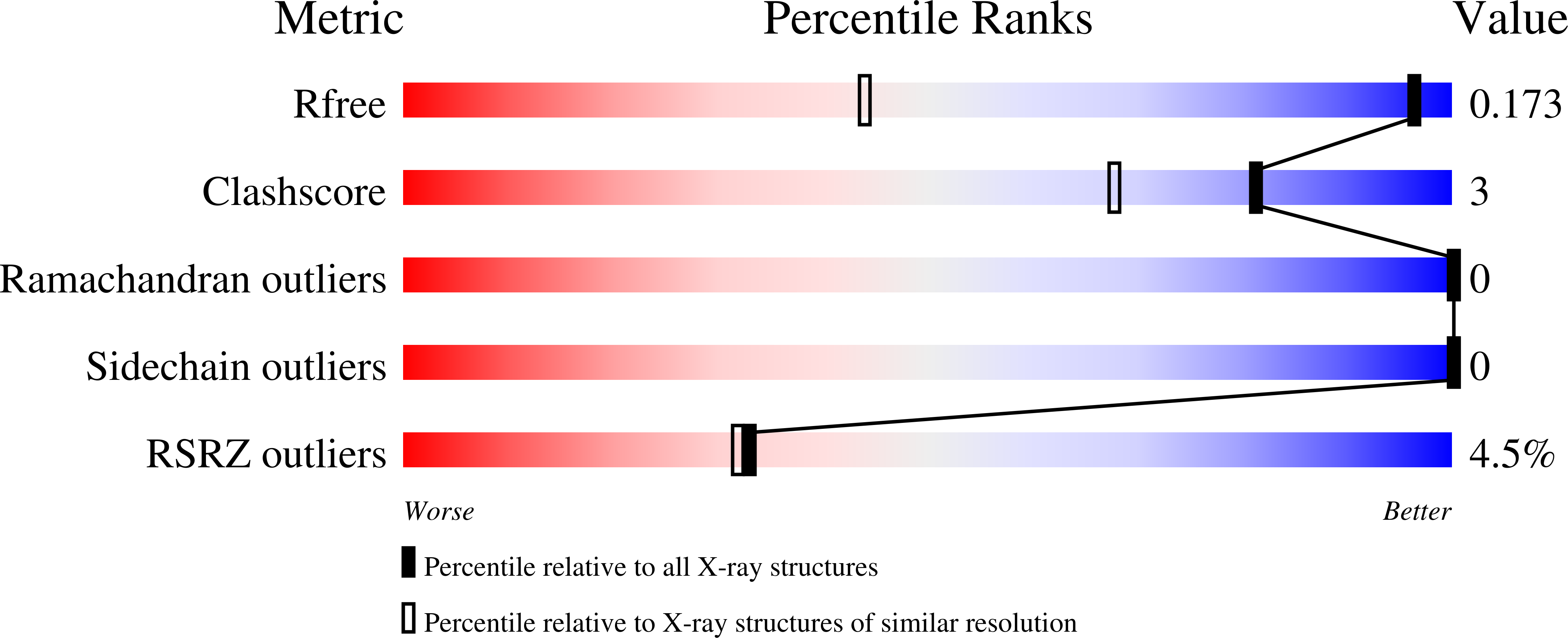
Deposition Date
2023-04-01
Release Date
2023-10-25
Last Version Date
2024-06-26
Entry Detail
PDB ID:
8ONB
Keywords:
Title:
Structure of the C-terminal beta helix domain of the Bdellovibrio bacteriovorus Bd3182 fibre
Biological Source:
Source Organism:
Bdellovibrio bacteriovorus HD100 (Taxon ID: 264462)
Host Organism:
Method Details:
Experimental Method:
Resolution:
1.12 Å
R-Value Free:
0.17
R-Value Work:
0.14
R-Value Observed:
0.15
Space Group:
P 1 21 1


